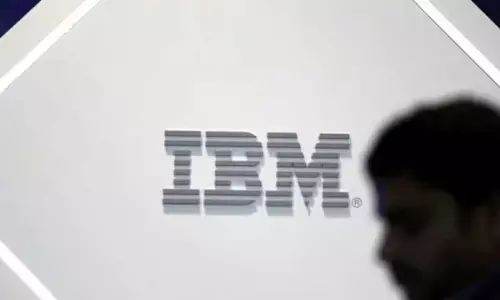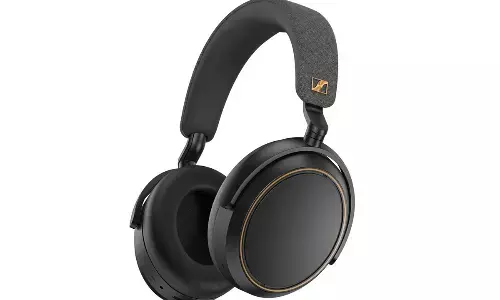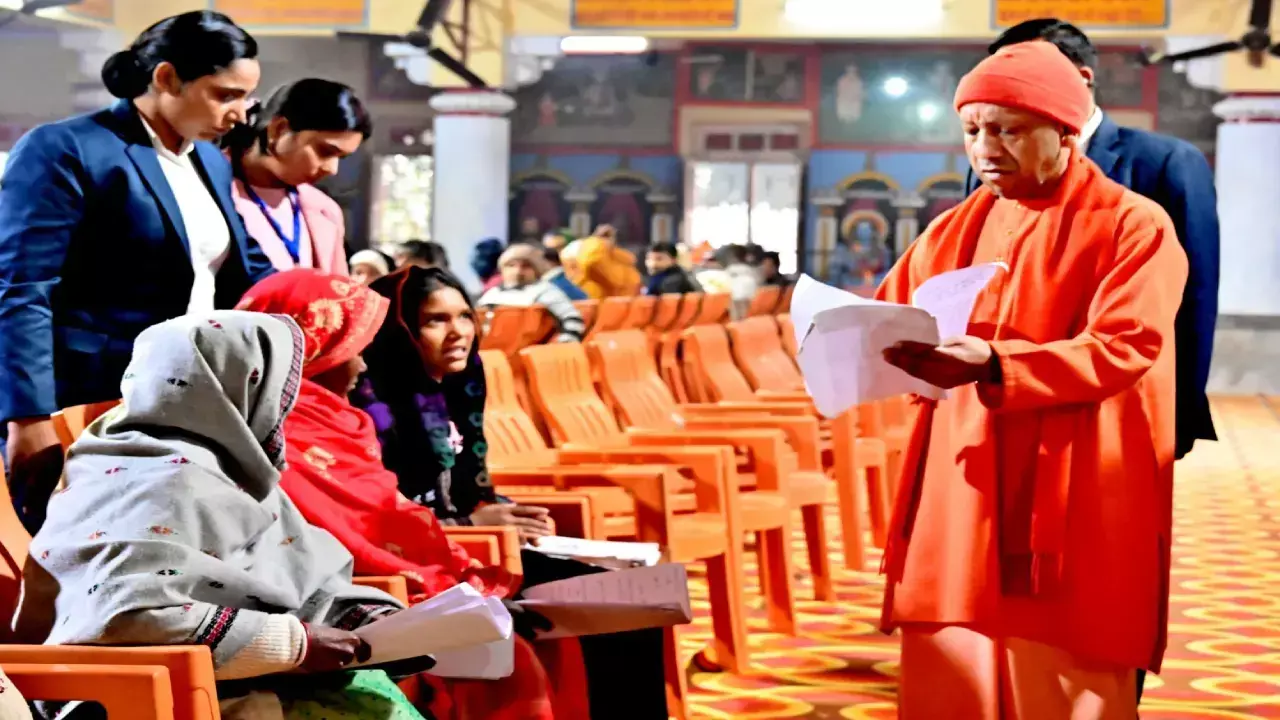Make in India at Indian Navy

India Navy, the ‘silent’ service, has a lot to sing about, but will not. Twenty five years after it gave itself the target of “Make in India,” it is gradually transforming from a “buyer’s navy” to a “builder’s navy.”
.jpg)
Twenty five years after it gave itself the target of “Make in India,” the Indian Navy is gradually transforming from a “buyer’s navy” to a “builder’s navy.”
The Navy no longer has to order platforms from abroad and has built up the capability to build from aircraft carriers to submarines and over 48 platforms are on order in India.
The Navy’s long-term plans include a 200-warship force with around 600 aircraft and helicopters by 2027 to ensure it can effectively guard the country's expanding geostrategic task. With the involvement of 500 plus small and medium enterprises,
major indigenous components on board INS Kochi are: 90% on float, 60% plus on move and 40% in fight. Among the major indigenised systems include the electronic warfare suite, foldable hanger doors, helo-traversing system and the ship’s stabilisers
India Navy, the ‘silent’ service, has a lot to sing about, but will not. Twenty five years after it gave itself the target of “Make in India,” it is gradually transforming from a “buyer’s navy” to a “builder’s navy.”
The induction on September 30 of INS Kochi, the latest naval warship, has significantly strengthened the Indian Navy’s capabilities in discharging her duties of safe-guarding national maritime interests.
Commissioned at the Naval Dockyard in Mumbai, it is vastly superior and has major advancements in weapons and sensors. The warship is designed by the navy’s in-house organisation, Directorate of Naval Design, and constructed by Mazagon Dock Ship Builders.
INS Kochi is the second ship of the Kolkata-class (designated as Project 15A), the contract for three ships of Kolkata class was signed as a follow-on of the legendary Delhi-class destroyers, which were commissioned into the navy more than a decade ago.
INS Kochi incorporates new design concepts for improved survivability, stealth, sea-keeping and maneuverability. It has a combined gas-and-gas (COGAG) propulsion system, comprising four powerful reversible gas turbines; and can attain speeds in excess of 30 knots.
INS Kochi is packed with sophisticated weapons and sensors including the vertically launched long range surface-to-air missiles and MF-STAR multi-function active phased array radar. The ship is equipped with the advanced supersonic and long range BrahMos surface to surface missiles as well.
The 76 mm Super Rapid Gun Mount and AK 630 CIWS can take on air and surface targets. The entire anti-submarine weapon and sensor suite fitted on-board, consisting of indigenous rocket launchers, indigenous twin-tube torpedo launchers and a bow-mounted new generation Humsa Sonar is fine examples of India’s indigenous efforts in the field of underwater warfare.
INS Kochi can be truly classified as a ‘network of networks’ as it is equipped with sophisticated digital networks, such as asynchronous transfer mode based integrated ship data network, combat management system, automatic power management system and auxiliary control system.
“The finish of the INS Kochi is good as any foreign ship,” Defence Minister Manohar Parrikar said with elation while commissioning the ship. The breakthrough has encouraged the Chief of Naval Staff, Admiral RK Dhowan, to proudly state at various fora,
“The Indian Navy no longer has to order platforms from abroad and has built up the capability to build from aircraft carriers to submarines and over 48 platforms are on order in India – none abroad.”
He has added that except for weapons and big propulsion engines India is getting self-sufficient and has begun exporting small Off Shore Patrol Vessels (OPVs) – which makes it an exporter’s navy in a modest way.
Admiral RK Dhowan has rightly said that the commissioning of INS Kochi is a milestone in the self-reliance programme of the Indian Navy. He stated that the indigenisation of platforms, weapons, sensors and equipment, through public as well as private sectors, will continue to remain a focus area of the Indian Navy.
India is still a big importer of aircraft like Pilatus, SU-30MKI, C-130Js, Rafales, MR P8is and of helicopters. The Cabinet hurriedly sanctioned to carry to President Obama a $ 3 billion order that had been pending for 22 Apaches and 15 Chinooks, in time for Prime Minister Modi’s visit to the US.
INS Kolkata was commissioned by PM Modi on 16th August with fanfare and now glory is with INS Kochi and its proud Captain Gurcharan Singh and crew. Seeing this beautiful and powerful warship is believing for a professional Naval Officer anywhere in the world and those who have viewed the first of the Type 15A are impressed.
Kochi is part of a series of ships with some of them coming in fairly quick succession. The first of this class, INS Kolkata, was commissioned in August last year, while the third INS Chennai will be inducted towards end-2016.
There is also the even bigger ongoing Rs 29,644-crore project to build another four stealth destroyers at MDL, with the first INS Visakhapatnam slated for delivery in 2018-2019.
The Navy’s long-term plans include a 200-warship force with around 600 aircraft and helicopters by 2027 to ensure it can effectively guard the country's expanding geostrategic task.
With the involvement of 500 plus small and medium enterprises, major indigenous components on board INS Kochi are: 90% on float, 60% plus on move and 40% in fight. Among the major indigenised systems include the electronic warfare suite, foldable hanger doors, helo-traversing system and the ship’s stabilisers.
Help has come from both the public and the private sector. The private industry provided the power generators and small parts and L&T has provided seven systems including the steering gear. Without doubt, these are time-consuming projects and require tremendous amount of planning.
The keel of Kochi was laid in 25 October 2005. In keeping with the tradition of the Navy, the warship was launched by Madhulika Verma, wife of then Chief, Admiral Nirmal Verma, on 18 September 2009.
For the first time, Mazagon Docks used a "pontoon assisted" launching method in collaboration with a Russian firm Baltisky Zavod. Under this method, pontoons are welded to the hull, which give buoyancy and helps overcome tidal constraints.
Mazagon plans to use this method for all future ship launches, as the process makes it possible to launch ships with much higher weight.
An India Defence Forum (IDF) analysis attributes the outcome of the ongoing effort to the Navy’s self-confidence. The Staff Branch at NHQ which is manned by professional officers fully supported the design and selected forward looking equipment fit,
weapons and funding (around Rs 5,000 crore for INS Kochi and chased all sanctions from MOD’s Defence Production which too can take some credit, and can be a bureaucratic drag at times.
That Admiral Dhowan had served in the Navy’s Plans branch in different capacities must have helped.Overall, PM Modi, his PMO and Mnistry of Defence need to take leaves out of the journey which can be shortened as many technological advances and skilling have taken place since in the quest for indigenization and build-at-home. This is, especially so in the Navy.
India’s quest becomes faster and easier with the Western sanctions that had bedeviled its military modernisation plans now being lifted. India, now a respected and responsible nuclear power, is also a recognised builder.
By:Mahendra Ved















